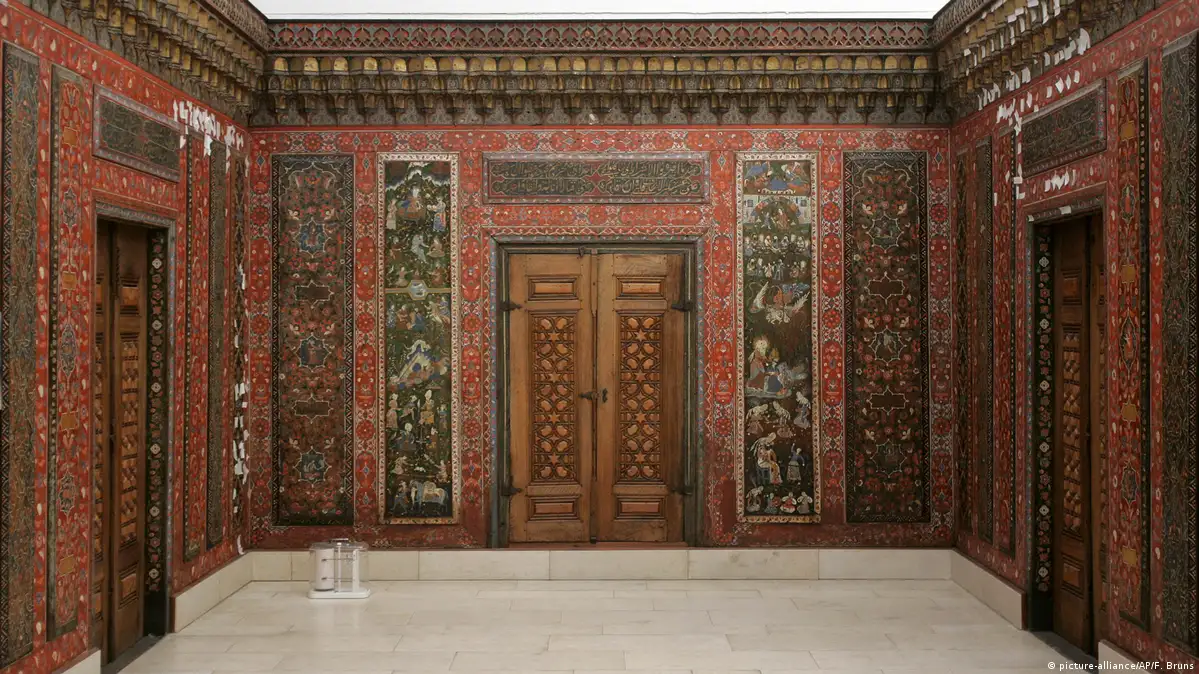There's a depiction of the Last Supper in which Jesus and his disciples sit on the floor, Oriental-style. Another one shows women with flaming halos surrounding their heads. Why are the paintings on the walls of a salon rife with Christian symbolism, if the wooden panels of this salon came from a wealthy Syrian merchant and date back to the 17th century?
Isa ibn Butrus, the owner of the house in which these panels were found, had deliberately merged Christian and Islamic iconography in these images, selecting for the murals biblical figures who also play a role in the Koran. Unlike most of his business partners in Syria at that time, Isa ibn Butrus was a Christian.
"One can see from all the inscriptions and pictures that an environment has been created here in which people of different faiths can find themselves," said Stefan Weber. An Islamic scholar, Weber is director of the Museum of Islamic Art in Berlin, where the Aleppo Room can be admired. "Many Syrians have come to us. For us it is important to say: 'These objects are here and this is your symbolic home in Germany, if you want.'"
Click here for more videos from "Berlin's Treasure Trove - The Prussian Cultural Heritage Foundation".
